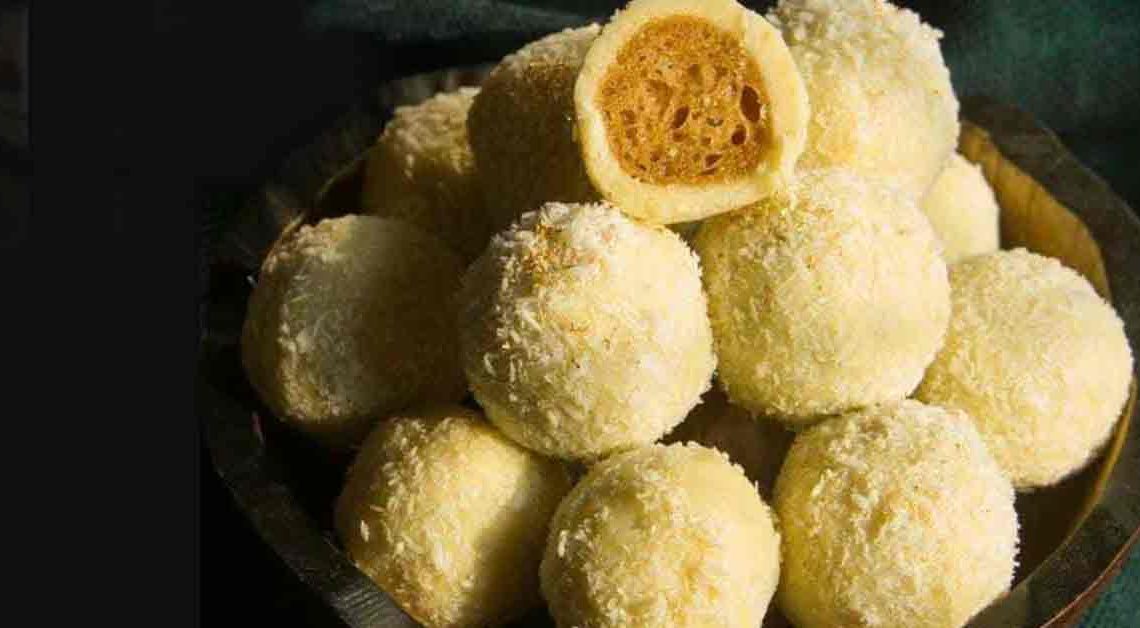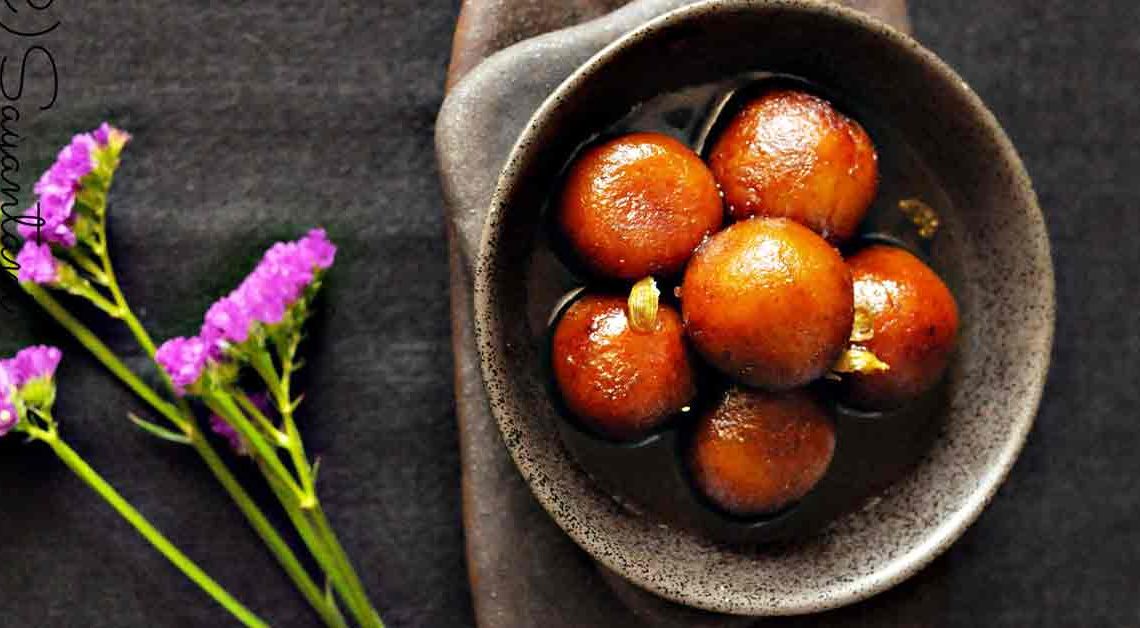Nutty Elegance of Kaju Pista Roll

Are you ready to embark on a culinary journey that’s as delightful as it is mouthwatering? Welcome to our Mithainama, where we’re about to unravel the delicious world of Kaju Pista Roll, a sweet treat that has captivated hearts and taste buds for generations.
Imagine the perfect blend of creamy cashews and vibrant pistachios, harmoniously wrapped in a thin layer of sweetness. Kaju Pista Rolls are not just a dessert; they’re a work of art, a celebration of flavors, and a symbol of festive joy. These little confections are a testament to the rich culinary heritage of India, where every bite tells a story.
Get ready to indulge in sweet bliss and impress your family and friends with these delightful treats. Let’s dive into the world of flavors, textures, and traditions, one Kaju Pista Roll at a time!
Origin of Kaju Pista Roll
Kaju Pista Roll is a beloved Indian sweet that has a rich and interesting history rooted in the country’s culinary traditions. The origins can be traced back to the Mughal era in India, which spanned from the early 16th century to the mid-19th century.
During this period, Mughal emperors and their courts were known for their extravagant lifestyles, which extended to their food and desserts. It is believed that it was created as a luxurious sweet treat fit for royalty. The Mughals had a profound influence on Indian cuisine, introducing a variety of Persian and Central Asian dishes and sweets to the subcontinent.
So, when you savor a piece of Kaju Pista Roll, you’re not just enjoying a delightful treat; you’re also tasting a piece of history that has been passed down through generations and continues to be a symbol of India’s rich culinary heritage.
History of Kaju Pista Roll
Kaju Pista Roll, a beloved Indian sweet, boasts a history as rich and flavorful as its taste. Its origins can be traced back to the Mughal era in India, a period characterized by opulence and culinary innovation.
During the Mughal dynasty’s reign from the early 16th to the mid-19th century, the royal courts were renowned for their extravagant feasts. It is believed that Kaju Pista Roll was born in this regal environment, created as a delicacy fit for emperors and nobility. The Mughals, known for their culinary excellence, blended Persian and Central Asian influences with Indian ingredients, giving rise to a variety of exquisite dishes and sweets.
Cultural Significance
Kaju Pista Roll, beyond being a delectable sweet, holds significant cultural importance in India. Its cultural significance is woven into various aspects of Indian society, traditions, and celebrations:
Festivals and Celebrations: It is a popular choice during festivals like Diwali, Eid, Raksha Bandhan, and weddings. It is often exchanged as a token of love and good wishes among family and friends. Its presence on special occasions symbolizes happiness and prosperity.
Wedding Receptions: In Indian weddings, it is a favored sweet at the reception. It is served to guests as a gesture of appreciation for their attendance and blessings. The sweetness is believed to mirror the sweetness of the newlyweds’ life together.
Cultural Diversity: India’s cultural diversity is reflected in its cuisine, including sweets. It is a prime example of this fusion of flavors, with cashews and pistachios combining to create a harmonious blend. It celebrates India’s multicultural heritage.
Where is Kaju Pista Roll Famous?
Kaju Pista Roll is famous primarily in India and among the Indian diaspora worldwide. It is a beloved and iconic Indian sweet that is widely enjoyed across the country. Here are some specific regions and occasions where it is especially popular:
It is a popular sweet in all regions of India. Whether you’re in the north, south, east, or west, you can find it in sweet shops and households across the country. It is a staple in Indian sweets shops and often enjoyed during festivals, weddings, and special occasions.
It is a traditional sweet that holds a special place in Indian festivals like Diwali, Eid, Raksha Bandhan, Holi, and Navratri. During these festive times, demand for this sweet soars, and it is exchanged as gifts and served to guests.
In essence, it is famous wherever Indian culture and cuisine have a presence. Its popularity extends to a global audience, making it one of the most recognized and cherished Indian sweets worldwide.
Interesting Facts and Trivia
Kaju Pista Roll is a delightful and iconic Indian sweet with a rich history and cultural significance. Here are some interesting facts and trivia related to this delectable treat:
- It is believed to have originated during the Mughal era in India. The Mughal emperors were known for their love of fine food, and it is said that this sweet was created as a royal delicacy during their reign.
- The name is derived from its two main ingredients: “kaju” for cashews and “pista” for pistachios. These nuts are ground to create a smooth, rich filling for the rolls.
- Making it is a labor-intensive process that requires meticulous craftsmanship. The nuts are ground to a paste, mixed with sugar, rolled into thin sheets, and then shaped into rolls by skilled artisans.
- One of the distinctive features is its two-toned appearance. The cashew and pistachio fillings are often layered to create a visual contrast of creamy white and vibrant green.
- While it is undeniably delicious, it also offers some nutritional benefits. Cashews and pistachios are rich in healthy fats, protein, and essential nutrients.
Did You Know?
Did you know that indulging in Kaju Pista Roll can offer both a delightful taste experience and several health benefits?
- It is packed with the goodness of cashews and pistachios, both of which are rich in essential nutrients like healthy fats, protein, vitamins, and minerals.
- Cashews and pistachios are known for their heart-healthy properties. They contain monounsaturated fats and are associated with reduced risk factors for heart disease.
- Pistachios, in particular, are loaded with antioxidants, which can help combat oxidative stress and protect your cells from damage.
- Both nuts are excellent sources of dietary fiber, aiding in digestion and promoting a feeling of fullness.
- Pistachios are a good source of phosphorus and calcium, essential for maintaining strong and healthy bones.







